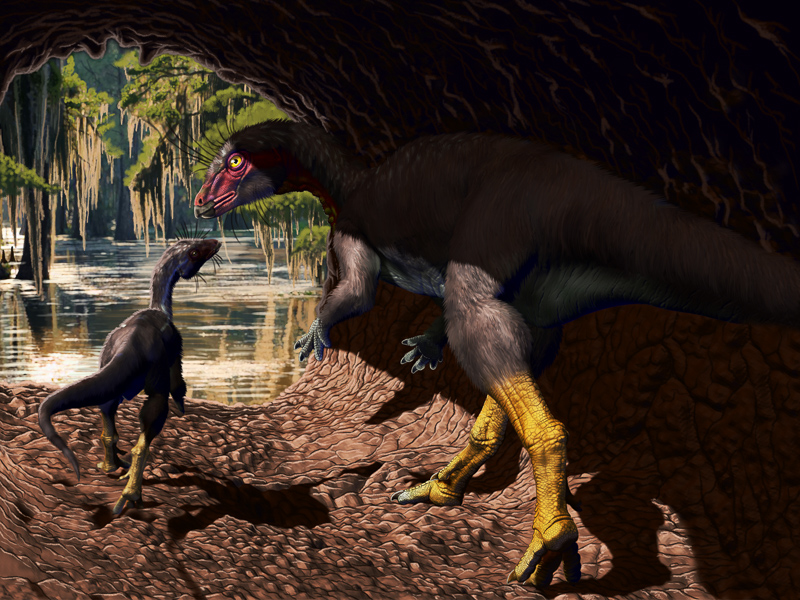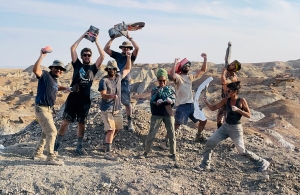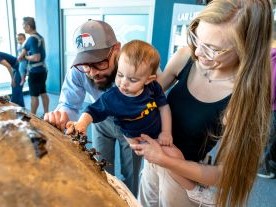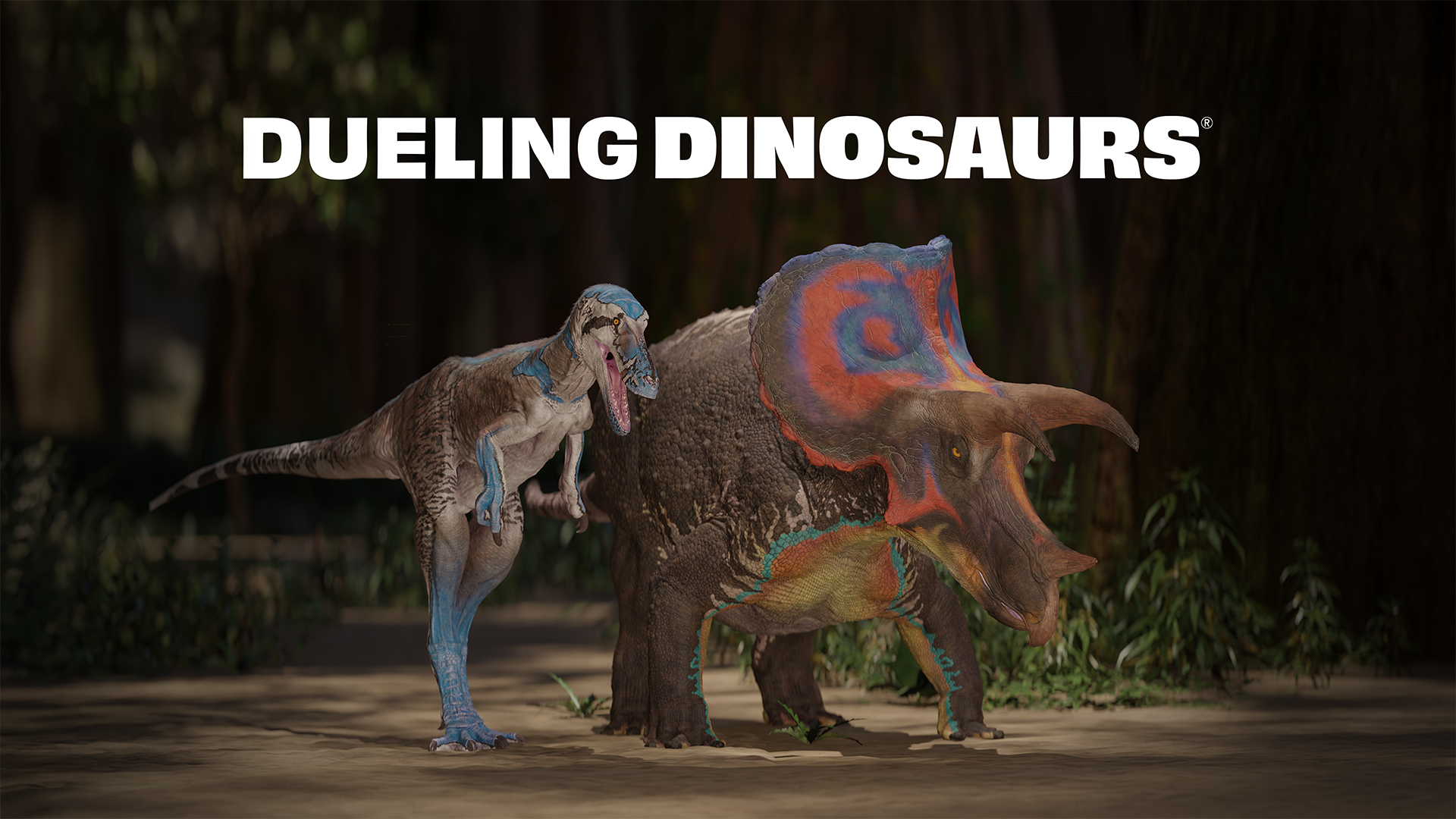
Enjoy a front-row seat for cutting-edge research that scientists and dinosaur enthusiasts will be talking about for decades to come.
Watch the preparation of the Dueling Dinosaurs fossil!
Use our cameras to get a behind-the-scenes look at the Dueling Dinosaurs fossil as it is being prepared for research. When the SECU DinoLab is closed, the live feed will be offline, and you can view a short timelapse video of our progress.
Research Updates
Read the latest updates from the NCMNS Paleontology team.
Life Underground Suited New Dinosaur Fine
The age of dinosaurs wasn’t conducted solely above ground. A newly discovered ancestor of Thescelosaurus shows evidence that these animals spent at least part of their time in underground burrows. The new species contributes to a fuller understanding of life during the mid-Cretaceous – both above and below ground.
Paleontologists from North Carolina State University and the North Carolina Museum of Natural Sciences unearthed the fossil, and described the new species in The Anatomical Record.
Context is Key
You have a lot of questions about how a tyrannosaur and a Triceratops came to be buried together one day in the Late Cretaceous. So do we. To study ancient animals, paleontologists need expertise in the biological sciences and the geological sciences. This is because fossils are shaped both by the animal in life, and by burial conditions in death.
Events
Learn about upcoming programs and events.
Second Sundays, 10am–noon
Explore the Dueling Dinosaurs exhibit with reduced noise effects and smaller crowds. A limited number of Sensory Friendly Bags are available for checkout at the front desk, and a limited number of noise-reducing headphones are available to borrow at the exhibit. Free registration is encouraged.
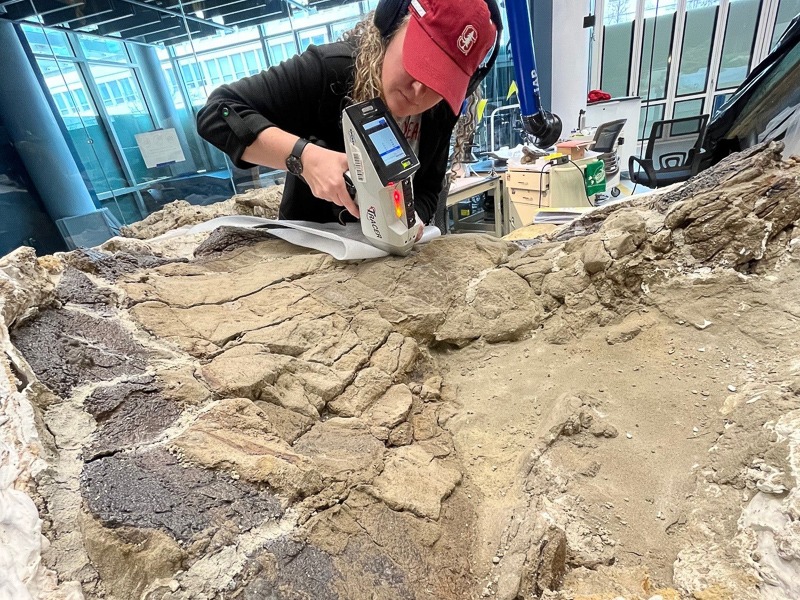
Various Dates, Noon–12:30
Join us in the SECU Daily Planet Theater in person, or online, for a live video call from a dinosaur quarry! Paleontologists from NCMNS will be live from their fossil quarries across the American West searching for clues to ancient life from millions of years ago from Nebraska to Utah.
Supporters
The Dueling Dinosaurs exhibit is made possible by generous donations to the Friends of the North Carolina Museum of Natural Sciences from the following organizations.
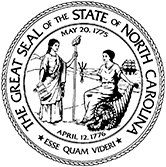

















Jandy Ammons Foundation
Anonymous
Edward M. Armfield Sr. Foundation, Inc.
Robert & Carol Bilbro
Carlyle Adams Foundation
Josephus Daniels Charitable Fund of the Triangle Community Foundation
Delta Dental of North Carolina
Anne Faircloth & Fred Beaujeu-Dufour
HH Architecture
Hillsdale Fund, Inc.
Institute of Museum and Library Sciences
Betsy Anne Bradshaw Lumsden
Maynard Family Foundation
Julia McMillan & Jed Dietz
Mary McMillan
Robert M. McMillan Jr.
Jane & William K. Morgan
Andrea Nixon & Brent Friedenberg
Our State Magazine
PBS North Carolina
PNC Foundation
Frances & Steve Porter Family Fund of the Winston-Salem Foundation
The Re Corr Family Foundation
Mary Margaret & Kade Ross
Kay Shipman Schoellhorn
Stephanie & Dana Simpson
Temple Sloan Family Foundation
Ann & Wade Smith
Susan & Chris Valauri
Anita Watkins
Wells Fargo Foundation
WRAL
WUNC, North Carolina Public Radio

